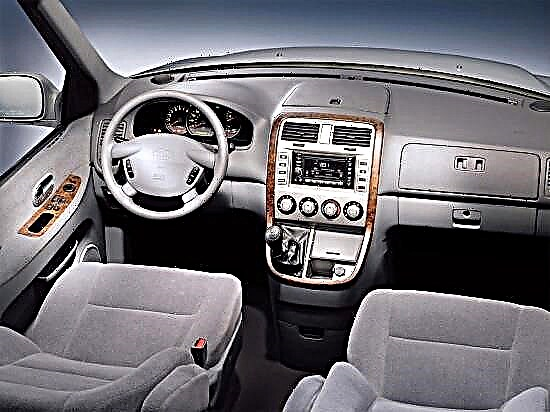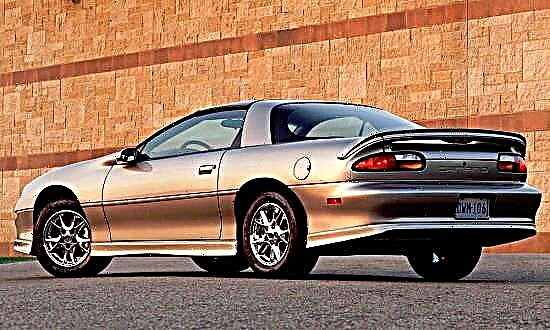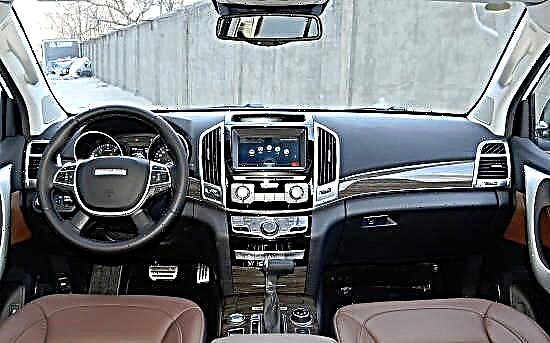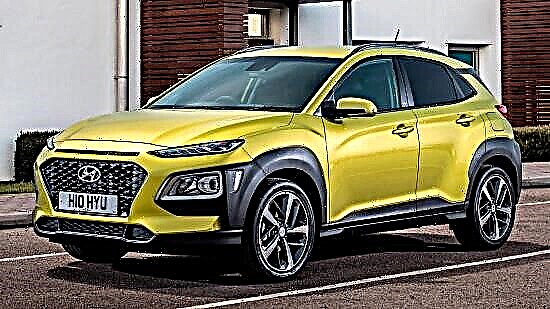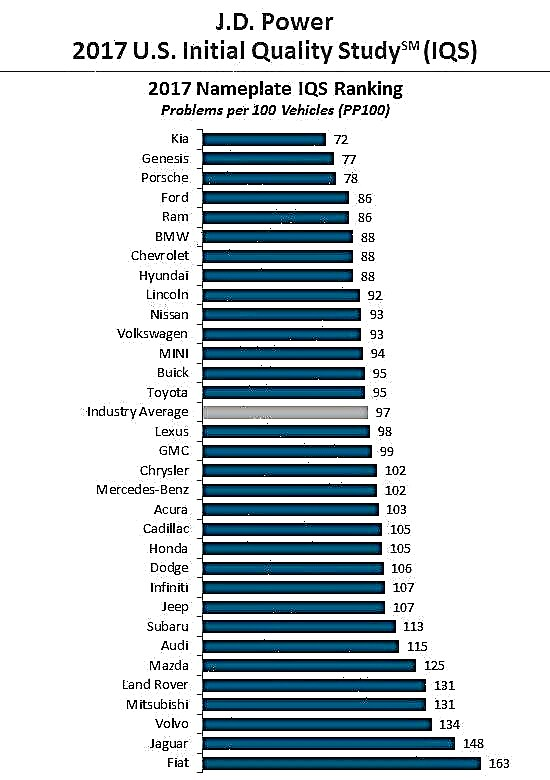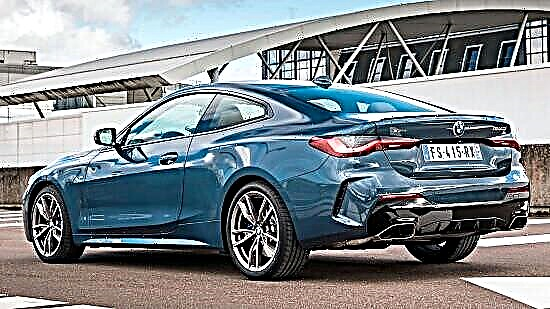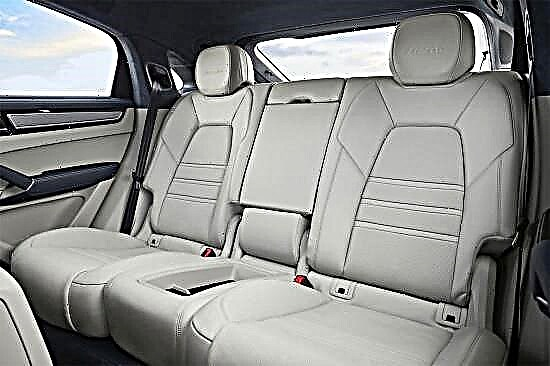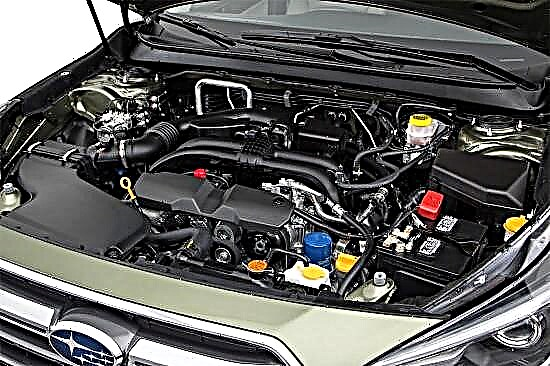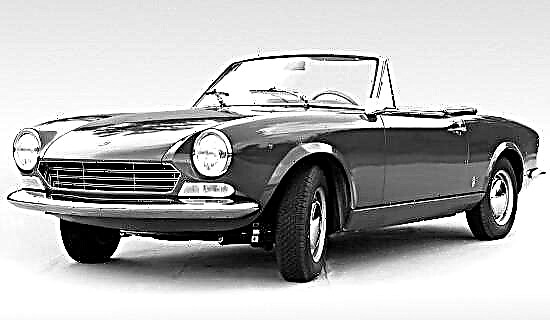The Fiat Sport Spider convertible with a 2 + 2 landing layout made its debut in November 1966 at the Turin Motor Show, after which it almost immediately entered mass production. Under the original name, the car was kept on the assembly line from 1966 to 1982, after which its production continued until 1985 under the name Pininfarina Spider.

It was the Pininfarina studio that was engaged in the development of the body for this model, but she got the index "124" due to the fact that she borrowed some of the units from the well-known three-volume.

The Fiat Sport Spider convertible with a soft convertible top was considered a representative of the C-class by European standards: 3969 mm in length, 1631 mm in width and 1251 mm in height. Its wheelbase fit within 2280 mm, and the ground clearance in the stowed state was 121 mm.
Specifications. For the original generation of the Italian convertible, a varied palette of four-cylinder petrol engines, equipped with a carburetor or distributed power system, was offered. These included units with a volume of 1.5, 1.6, 1.8 and 2.0 liters, the performance of which totaled from 90 to 135 horsepower.
They were paired with three options for gearboxes - 4- or 5-speed "mechanics" and 3-speed "automatic" (traction in all cases went exclusively to the wheels of the rear axle).

The Fiat Sport Spider was based on a rear-wheel drive "bogie" with a longitudinally placed engine in the front. The car was equipped with an independent suspension with wishbones and shock absorbers at the front and a dependent architecture suspended from the wishbones at the rear. All wheels of the convertible "flaunted" disc brakes, and the steering system - a rack and pinion mechanism.
Among the advantages of the Italian model, which at one time was positioned as a "Ferrari for the poor", there is a classic appearance, reliable design, fairly efficient units and exclusivity (especially in Russia).
The disadvantages of the Fiat 124 Sport Spider are the high cost and low availability of spare parts, especially original body panels.

